Arthritis can significantly impact a dog’s quality of life, causing discomfort, pain, and reduced mobility. As a pet owner, understanding the importance of arthritis management is crucial in maintaining your dog’s overall health and happiness. Arthritis management for dogs typically involves weight management, physical rehabilitation, and a combination of medications or supplements to alleviate pain and inflammation. By ensuring your dog maintains an ideal weight, you can minimize the progression of arthritis and the stress on their joints.
Physical rehabilitation plays a significant role in treating arthritis in dogs. Activities such as controlled walking, swimming, and stretching can help maintain flexibility, muscle mass, and strength. Consistent rehabilitation programs can also prevent injuries from excessive activity and contribute to the overall comfort of your dog. In addition to rehabilitation, medications and joint supplements, such as Omega-3 fatty acids and polysulfated glycosaminoglycans, may be recommended by your veterinarian to help manage your dog’s arthritis and improve their quality of life.
Your Pet’s Health and Happiness Begin Here
Service FAQ
What are the symptoms of arthritis in dogs?
Symptoms of arthritis in dogs may include stiffness, difficulty in getting up, limping, reluctance to jump or climb stairs, decreased activity, and signs of pain when touched. If you notice any of these symptoms in your dog, it is essential to consult your veterinarian for a proper diagnosis and treatment plan.
Can arthritis in dogs be cured?
While there is no cure for arthritis, it can be effectively managed through a combination of weight management, physical rehabilitation, medications, and supplements. The goal of arthritis management is to alleviate pain, reduce inflammation, and improve your dog’s overall quality of life.
Are there any alternative therapies for managing arthritis in dogs?
Alternative therapies for managing arthritis in dogs may include laser therapy, acupuncture, chiropractic care, and massage. These treatments can be used in conjunction with traditional medications and rehabilitation to provide the most comprehensive arthritis management plan for your dog.
How is arthritis diagnosed in dogs?
Arthritis in dogs is typically diagnosed through a combination of a physical examination, evaluation of the dog’s history, and diagnostic imaging such as X-rays or ultrasounds. Your veterinarian will assess your dog’s joints for signs of inflammation, discomfort, and decreased range of motion.
What medications are used to treat arthritis in dogs?
Medications commonly used to treat arthritis in dogs include nonsteroidal anti-inflammatory drugs (NSAIDs), analgesics such as tramadol, and other medications like gabapentin and amantadine. Your veterinarian will determine the most appropriate medication based on your dog’s specific needs and overall health.
How can I help my dog with arthritis at home?
At home, you can help your dog with arthritis by maintaining a healthy weight, providing a comfortable and supportive sleeping area, and ensuring your dog engages in regular, low-impact exercise. Additionally, you can work with your veterinarian to develop a tailored arthritis management plan that may include medications, supplements, and physical therapy exercises to perform at home.
